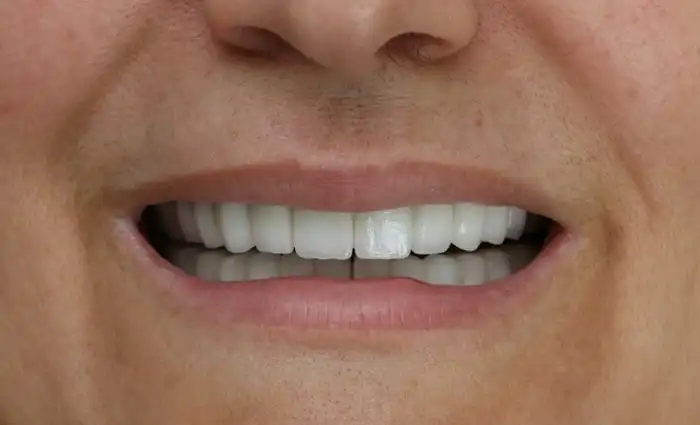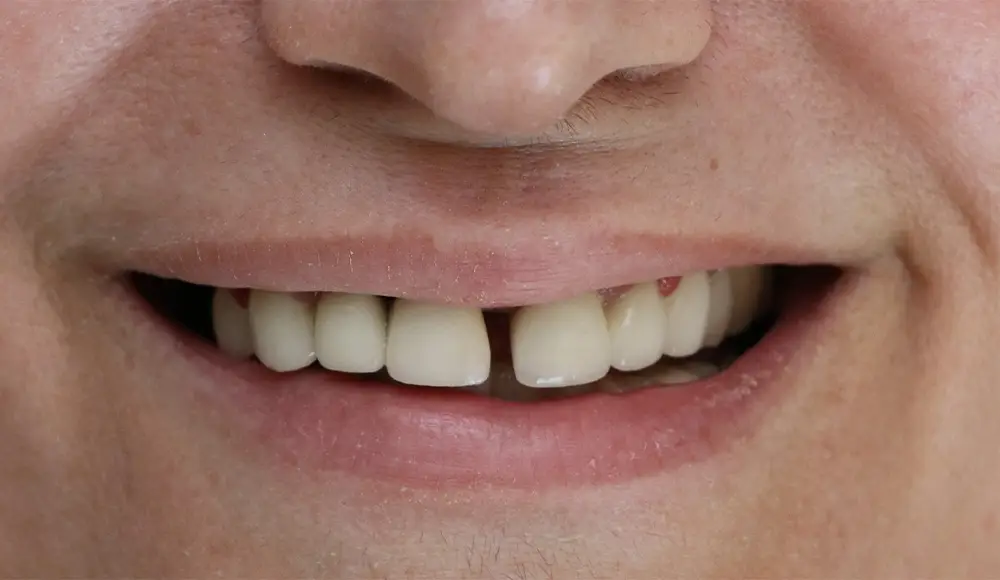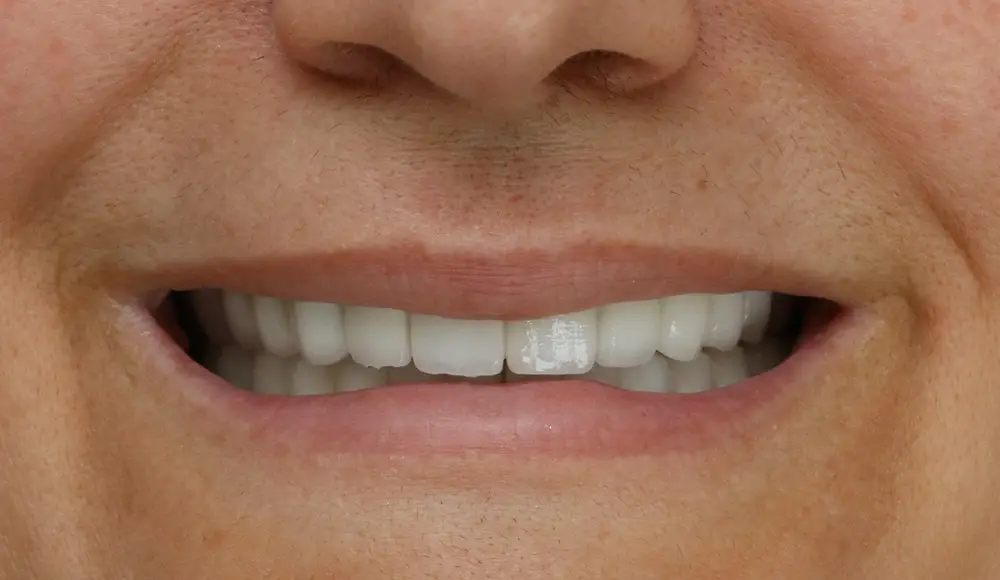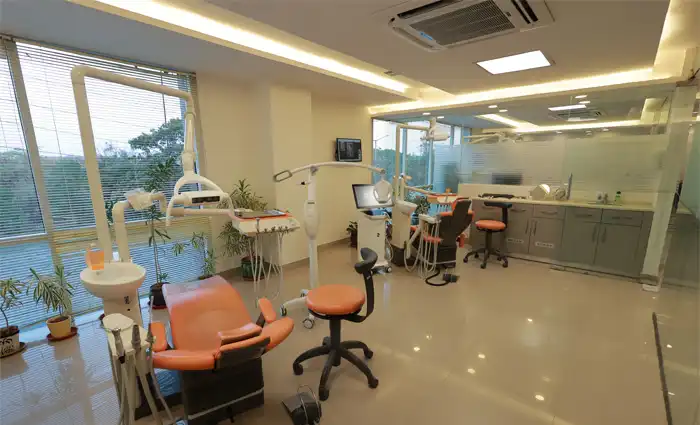Smile Makeover
Why You Need a Good Smile?
A healthy smile can transform an individual’s visual appearance as well as improve not only their oral health but also their overall wellbeing. Smiling gives self-confidence and influences social lives, careers, and relationships. When an individual smiles, the brain releases neuropeptides such as dopamine, endorphins, and serotonin, which help fight stress. A good smile helps to recover faster from stress and reduces the heart rate.

What is a Smile Makeover?
A smile makeover involves a series of dental procedures, the execution and implementation of which depend on the individual. Consult cosmetic dentistry and discuss the goals. They may check your teeth width, length, color, shape, and tooth display. They may also check facial appearance, hair color, skin tone, lips, and gum tissues. After the consultation, the dentist will develop a customized treatment plan. Some treatments can be completed in a single visit, and others may take multiple visits.
Components of a Smile Makeover
Smile makeover components include dental procedures such as dental veneers, teeth whitening, dental bonding, orthodontics (braces or clear aligners), gum contouring, dental crowns and bridges, and implants.
Dental veneers
Dental veneers are customized tooth-color shell coverings that can fit over the front surface of the teeth. These are some of the most common dental treatments; they help to conceal stains, cracks, and other cosmetic imperfections. Different types of veneers include composite, porcelain, no-prep, and removable veneers. These veneers help improve the teeth’s appearance and give them a brighter smile. It is important to take care of veneers so that they can last as long as possible. Regular brushing and flossing need to be done.
Teeth whitening
Teeth whitening is a procedure that helps to remove stains and discoloration from the surface of the teeth. It lightens the teeth’s natural colors without removing any of the tooth surface, and it is extremely effective. Teeth can get stained due to food and drinks such as tea, coffee, and red wine. Calculus, or tartar, is composed of calcium phosphate mineral salt deposits on the tooth surface, which can affect the color of the tooth surface.
Dental bonding
Dental bonding is a cosmetic procedure that helps repair cracked, chipped, and broken teeth. It also helps in rectifying issues such as tooth gaps and discoloration. A bond is a composite resin material on the teeth that changes the size, shape, and color to enhance your smile. It is cost-effective and less expensive than other cosmetic procedures. The procedure can be completed in one visit.
Orthodontics
An orthodontic device that can replace dental braces is called a clear aligner. These are transparent dental braces made of clear plastic that are used to realign misaligned teeth. Clear aligners make it easier to maintain oral hygiene, are less painful, and offer a more comfortable orthodontic treatment experience than fixed appliances. Metal wires called braces are used to help reposition teeth. Custom-made aligners take less time to move teeth in the desired direction, step by step. Compared to braces, aligners are more comfortable, hygienic, and less noticeable.
Gum contouring
Gum contouring, also known as gum reshaping, is usually performed to change the appearance of the gums. It removes excess tissues and reshapes the gum line. It is usually preferred if you have excessive gingivitis, gum overgrowth, or an uneven gum line. This procedure makes your smile more uniform and changes small box teeth into larger ones. It also eliminates extra gum tissues that cover the teeth and brings symmetry to uneven gum lines.
Dental crowns and bridges
Dental crowns are a restoration that covers the entire tooth by replacing the outer layer of enamel with a new material. It is sized in the same way as a natural tooth. They strengthen the damaged tooth and also improve the size, shape, and alignment of the teeth. Bridges replace missing teeth; usually, they can replace one tooth or a row of missing teeth.
Implants
Implants are artificial tooth roots with metal screws that replace damaged or missing teeth. The implant’s titanium fuses with the jawbone, preventing slippage and bone deterioration. The implant consists of a dental abutment and also includes an abutment fixation screw, which is surgically inserted in the jawbone in place of the tooth’s root. Implants can restore the ability to chew, improve cosmetic appearance, and prevent damage to surrounding bone and gums.
Managing Goals and Expectations
A smile makeover involves the evaluation of oral health, understanding the process, setting goals, budgeting, and researching dental procedures. It can address dental issues like missing teeth, discoloration, and broken teeth. Research on dental procedures such as veneers, tooth implants, and bleaching helps to set realistic expectations. Consult your dentist regularly and discuss your concerns, which can lead to a personalized treatment plan. Maintaining good oral health after a smile makeover includes dental visits, a hygiene routine, and a healthy diet.
Before and After






